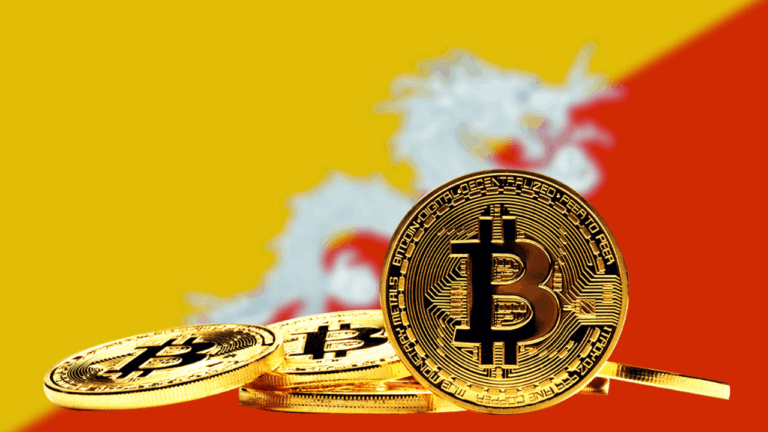Vitalik Buterin backs ETH staking exit times amid industry criticism

TL;DR Breakdown
- Ethereum co-founder Vitalik Buterin has said the long ETH staking exit times are to preserve trust in the chain.
- Buterin’s comments come as validators continue to complain over the lengthy staking exit times.
- Buterin says the EF will work on the issues as analysts push ETH for its strongest cycle yet.
Ethereum co-founder Vitalik Buterin has defended the network and its long exit times for unstaking ETH. In his post on the blogging platform, Buterin reiterated that the delays are deliberate, as they act as a safeguard to preserve trust in the chain.
The remarks come amid an increase in exit times, which has spread to beyond 43 days for validators leading staking. This development has prompted criticism from industry figures who say the process affects usability. “It’s more like a soldier deciding to quit the army. Staking is about taking on a solemn duty to defend the chain,” Buterin said. Explaining further, he said, “Friction in quitting is part of the deal. An army cannot hold together if any percent of it can suddenly leave at any time.”
Vitalik Buterin defends ETH staking exit times
Staking on Ethereum allows validators to earn rewards for attesting to and proposing blocks. Exiting staking requires validators to leave a queue, which stretches for weeks sometimes, depending on how many other validators are trying to leave. The average wait time to enter a staking queue is about six to seven days, while the current exit time has reached about 43 days and some hours, according to data from Validator Queue.
With over one million validators on the network and 35.6 million ETH, which represents about 30% of all Ethereum staked, the process has dragged on considerably. The delays have been something that has caused debates across the crypto community. Michael Marcantonio, Galaxy Digital’s head of DeFi, mentioned earlier this week that the development was troubling.
Marcantonio also compared Ethereum’s over 40-day wait to Solana’s two-day unstaking period. “Unclear how a network that takes 45 days to return assets can serve as a suitable candidate to power the next era of global capital markets,” he tweeted. However, the tweet did not stay up for long, with Marcantonio deleting it after a short while. Meanwhile, the post drew some criticisms, with rumors circulating that Galaxy Digital forced him to delete the post.
Former Consensus product manager Jimmy Ragosa accused Galaxy of fueling relentless ETH FUD, warning that businesses that are signed with ETH are reconsidering their ties with the firm. However, Solana supporters, including Mike Dudas, supported Galaxy Digital, noting that Ethereum is clunky compared to some of its rivals in the crypto industry. The firm bought over $700 million in SOL last week as part of a purchase linked to its backing of a Solana-based treasury firm.
Buterin says the EF will work on the issues
In his post, Buterin also acknowledged the need to improve user experience on Ethereum, noting that the Ethereum Foundation has been working to address these issues. “In general the EF needs to be more active at the UX layer — which has already been happening for the past ~6 months, but ramping up takes time,” he said.
Meanwhile, analysts have mentioned that this cycle could eventually become Ethereum’s strongest. According to CryptoQuant Head of Research Julio Moreno, institutional demand from treasury firms and spot ETFs and a sharp rise in staking are now the primary drivers of the token’s price. Presently, Ethereum trades at $4,603, having gained about 4% over the past day and 7% in the past seven days, according to CoinMarketCap.
It is normal for whales to sell some of their holdings during bull runs as they always take a little profit. However, despite the bullish price, some ETH whales are choosing to purchase more. “This synchronized accumulation indicates that Ethereum is increasingly viewed as a long-term strategic asset by large capital allocators, similar to Bitcoin’s trajectory post-ETF approval,” Moreno said. “This level of institutional endorsement provides a robust long-term tailwind for Ethereum’s price and perceived legitimacy.”






